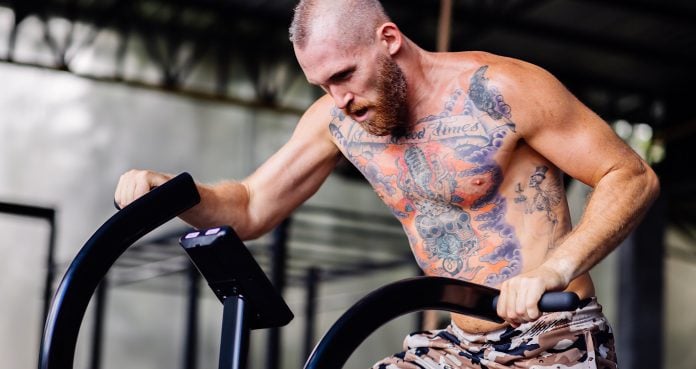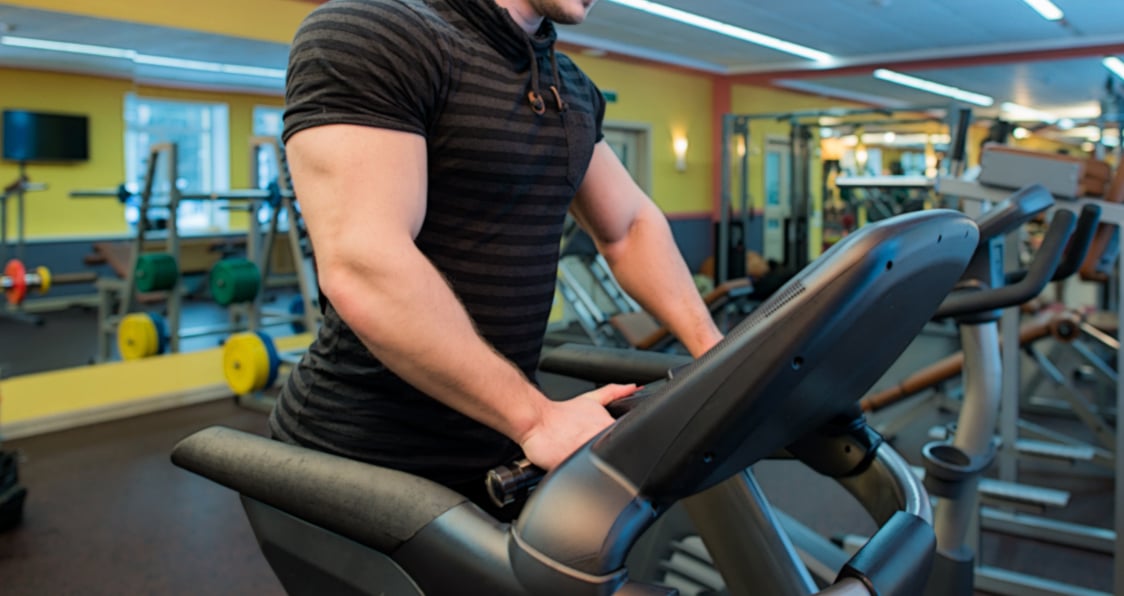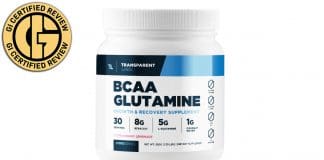
Everything you need to know about High Intensity Interval Training
High Intensity Interval Training workouts have become fairly popular during the last few years replacing, to some extent, the other forms of cardio when it comes to burning fat. But why is it that more and more people prefer High Intensity Interval Training exercises? Which are the benefits of this cardio workout in comparison to steady-state walking, running on the treadmill or cycling? And how could this be a benefit to your hardcore bodybuilding workout?
Let’s take a closer look and see what HIIT is all about, and the benefits that it brings to the table.
What is High Intensity Interval Training?
High Intensity Interval Training (HIIT). It differs from the high intensity training of Mike Mentzer, where he would utilize heavy sets and the utmost intensity on each rep. Instead, HIIT became quite the popular form of cardio during the 1990s. A well-known researcher in the field at the time was the Japanese sports scientist Izumi Tabata. Tabata conducted extensive research on interval training and concluded that the health benefits from traditional cardio can also be achieved by combining high intensity and low intensity intervals in the same workout.
After Tabata, many sport scientists researched interval training and shaped it to what it is today. High Intensity Interval Training is a specific cardiovascular exercise that combines brief intense intervals of aerobic activity with longer recovery periods of less intense activity. In HIIT the high speed intervals can reach an intensity of 8-9 on a scale of 10 and can last from 30 seconds to 5 min. The low speed intervals can reach an intensity of 4-5 on a scale of 10 and usually last longer than the speed intervals (for example, 30 sec of fast sprint followed by 1 min of light jogging).
Before the actual HIIT a 5 minute warm up is done in order to get your body ready. Also at the end of the exercise a 5 minute cool down is performed to bring back your heart rate at normal levels. The entire HIIT session can last between 4 minutes and 30 minutes and this is why it is an excellent from of cardio for those who don’t have much time available.
Because HIIT exercises are physically demanding, building up your training program gradually is the best thing to do. In this way you allow your body to cope with the increased effort and avoid potential injuries. Once you have followed several weeks of HIIT and your body is used to the additional workload, try to maximize your benefits by exerting yourself during the high intensity intervals until you feel a slight burning in your muscles (anaerobic zone). Alternatively you can shorten your recovery intervals if you don’t exert yourself to the extreme during the high intensity periods.
What are the Benefits of HIIT Exercises?
There are many benefits of High Intensity Interval Training exercises. HIIT is known for aiding in the following benefits:
– Improves your aerobic and anaerobic fitness
– Reduces your abdominal and subcutaneous fat (fat under the skin)
– Increases the number of calories you burn after the exercise
– Increases your general metabolic rate
– Increases your fat burning potential
– Requires less time for the same results
– Decreases the amount of muscle lost
Now, the issue with a lot of cardio exercises is that often it will not burn enough fat, and can sometimes burn off muscle. However, HIIT helps to preserve muscle while burning fat, a bit better than your standard cardio workouts.
Is HIIT a Safe Workout?
High Intensity Interval Training workouts are really beneficial but can also have their disadvantages. While they are a great way to improve your stamina, doing an HIIT more than twice a week, especially if you are a beginner, can put great stress on your body, and have adverse affects. Too much stress on the body can result in difficulty gaining muscle mass and burning fat. Therefore it is better to incorporate HIIT into your training gradually, and then ramping it up as time goes on. Another thing you could do is to start with longer periods of recovery that you can gradually make briefer as you increase the intensity of your workout.
To put it simply, doing too many interval trainings a week can increase the metabolic stress in your body leading to opposite results from what you had expected, and no one wants that. Therefore when you use HIIT you should allow adequate recovery time in order for your body to replenish its energy resources.
Last but not least, HIIT exercises are not ideal for beginners or people with cardiovascular problems. This is why if you belong to any of these categories, you should ask your doctor first before performing an HIIT.
HIIT Workout Example
Below is an HIIT workout example that you can apply to any kind of cardio you like (walking, running, cycling or stair climbing).
| Time | Interval | Exertion level |
| 5 min. | Warm up | 3-4 |
| 30 sec. | Speed | 8-9 |
| 1 min. | Recovery | 5-6 |
| 30 sec. | Speed | 8-9 |
| 1 min. | Recovery | 5-6 |
| 30 sec. | Speed | 8-9 |
| 1 min. | Recovery | 5-6 |
| 30 sec. | Speed | 8-9 |
| 5 min. | Cool down | 3-4 |
| Total workout time: 15 min. | ||
HIIT workouts can vary widely depending on the level of difficulty and the focus you want to give, so this is not meant to be taken as the only way to do things. The best thing that you can do is try to experiment with shorter and longer high intensity and low intensity intervals and see what best matches your body. Another great idea is to alternate steady-state cardio with HIIT training. In this way you can get the maximum benefits for your body and bring your training to the next level.
When trying to cut and get lean, HIIT can be the perfect way for bodybuilders to prevent losing muscle as they cut the weight. If you haven’t tried the technique and need some help with cutting the weight and saving the muscle give this workout a try.
Wrap Up
Overall, HIIT training is a style that can bring a lot of benefits to the table, and has become recently popular in the fitness industry. Do you think that HIIT training is a good addition to the bodybuilding workout?
Generation Iron may receive commissions on purchases made through our links. See our disclosure page for more information.
Let us know what you think in the comments below. Also, be sure to follow Generation Iron on Facebook, Twitter, and Instagram.

















